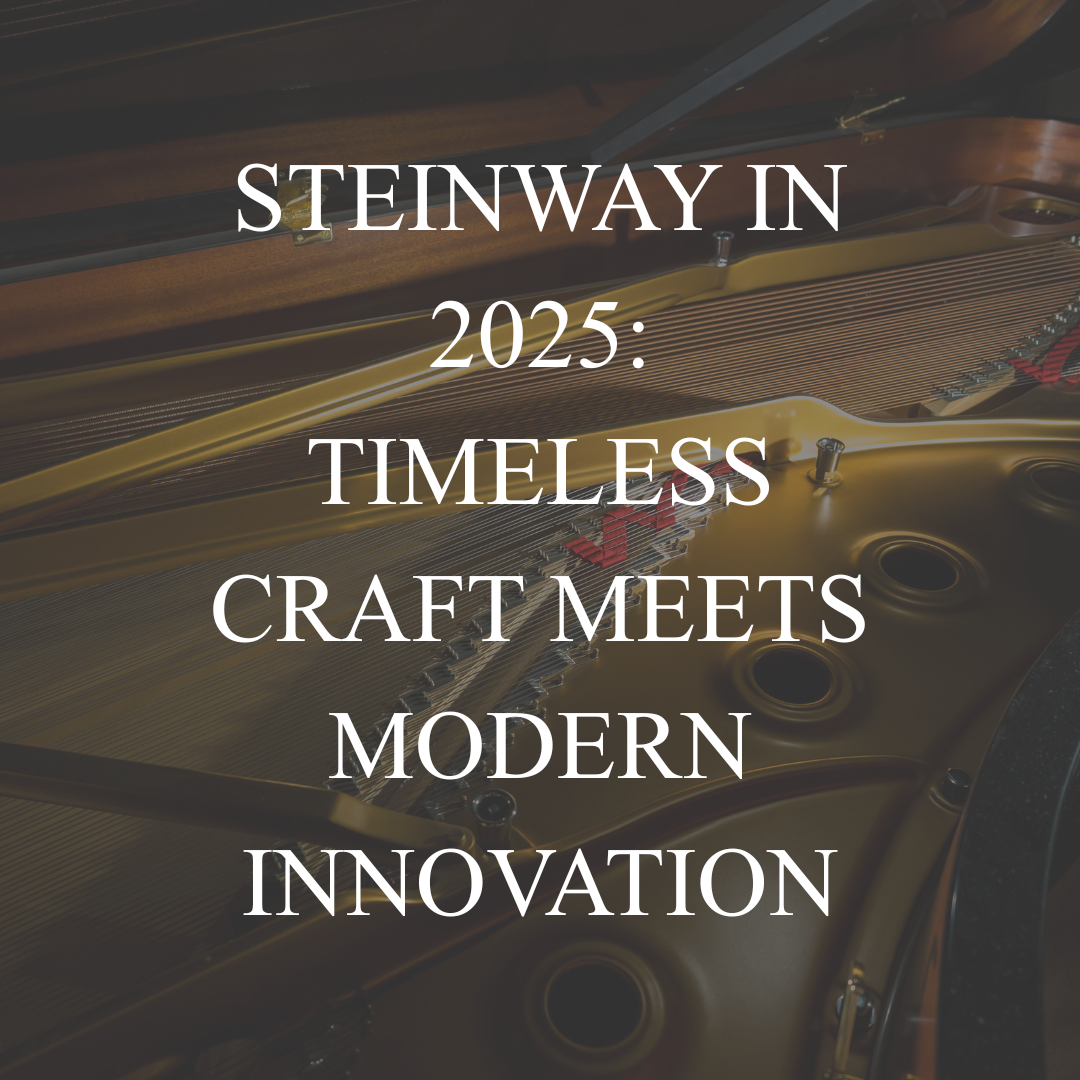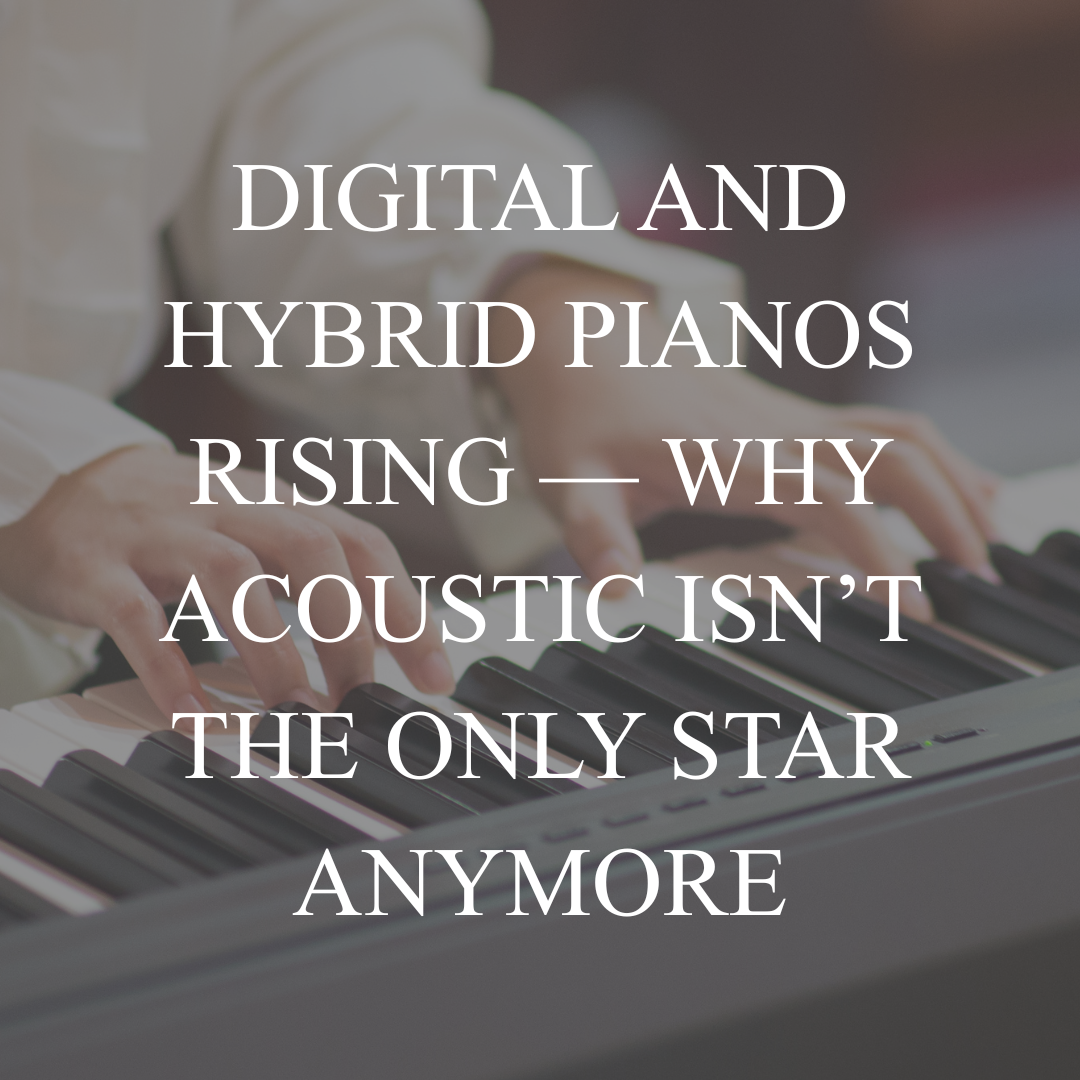
The United States has been home to some of the most influential pianists in the history of music. These virtuosos have not only mastered their craft but also left an indelible mark on the world with their performances and compositions. In this blog, we’ll explore a few of these remarkable musicians and the pianos that have accompanied their journey to greatness.
Leonard Bernstein is renowned for his multifaceted contributions to music as a composer, conductor, and pianist. His works span across various genres, including his famous musical “West Side Story.” Bernstein’s piano of choice was a testament to his commitment to quality and excellence in music.
Herbie Hancock has been a pivotal figure in the evolution of jazz, known for his innovative use of electronic instruments. His experimentation with synthesizers and digital pianos helped redefine the jazz genre, making him one of the most significant American pianists.
Amy Beach emerged as a child prodigy and became the first recognized American woman composer of art music in the 19th century. Her success as a pianist without European training was groundbreaking during her time.
Scott Joplin, affectionately known as the “King of Ragtime,” composed some of the most enduring pieces of the genre. His compositions like “Maple Leaf Rag” and “The Entertainer” continue to be celebrated worldwide.
The pianos used by these legendary artists are as diverse as their music. Let’s delve into some of the instruments that have become almost as famous as the pianists themselves.
Frédéric Chopin expressed his preference for Pleyel pianos, which were known for their clear tone and responsive action. These instruments were highly sought after by many composers and remain prized possessions today.
Esteemed by many historical figures, John Broadwood & Sons crafted pianos that were favored for their robust sound and durability. These instruments were used by composers like Chopin and Elgar, among others.
From ragtime to jazz and classical compositions, these artists and their instruments have shaped the soundscapes of generations. As we celebrate their contributions, we also acknowledge the pianos that have allowed their talents to flourish.
Whether you’re an aspiring musician or a seasoned listener, exploring the works of these pianists can provide endless inspiration. For those looking to follow in their footsteps or simply enjoy their music, remember that it’s not just about the notes played but also about the history behind each keystroke.
Comments will be approved before showing up.

For more than a century, Steinway & Sons has defined what it means to build a truly exceptional piano. But in 2025, the brand isn’t just honoring tradition — it’s evolving. At Northwest Pianos, we continue to see how Steinway’s balance of craftsmanship and technology keeps it ahead of the curve in a fast-changing industry.

Over the last few years, acoustic pianos have held the prestige. But the tide is shifting. More musicians, educators, and beginners are turning to digital and hybrid models for their flexibility, technological perks, and lower maintenance demands. According to industry reports, the global piano market is now incorporating “smart integration” and “compact designs” as key drivers for growth. The Business Research Company+2PR Newswire+2

In 2025, one of the most fascinating developments in piano technology is happening at the intersection of artificial intelligence, robotics, and musical expression. A research team recently introduced PANDORA, a diffusion-based policy learning framework that enables robotic hands to play piano pieces with precision and expressive nuance. The system uses language models to measure stylistic quality and musicality, blending human emotion with algorithmic accuracy. arXiv